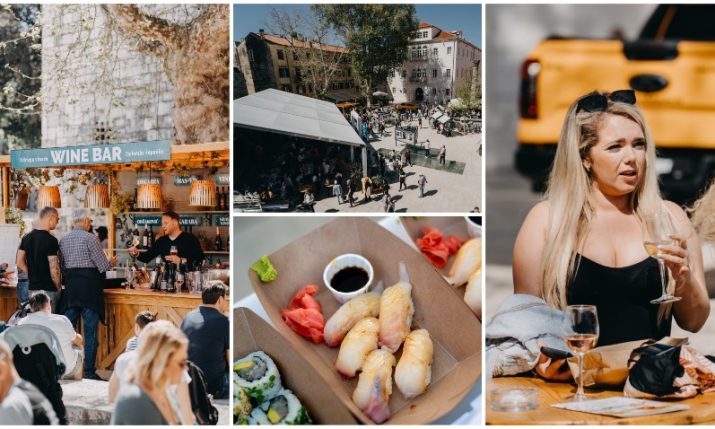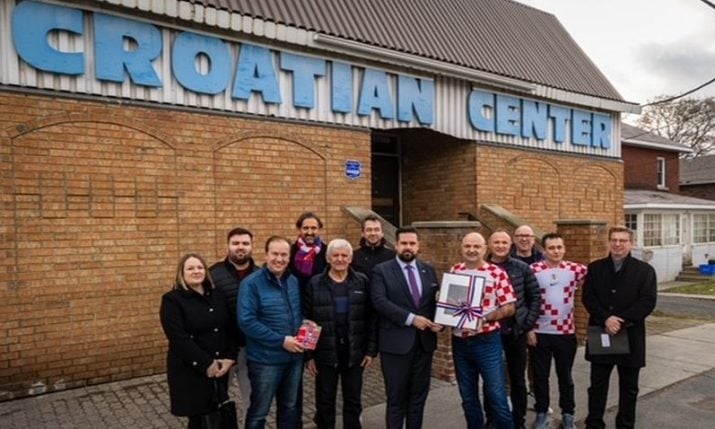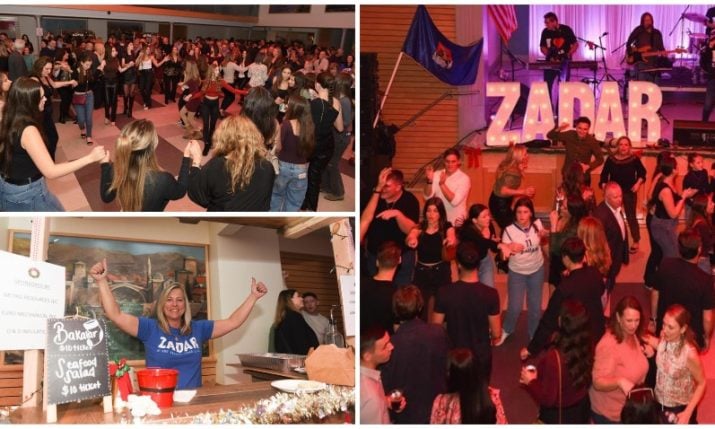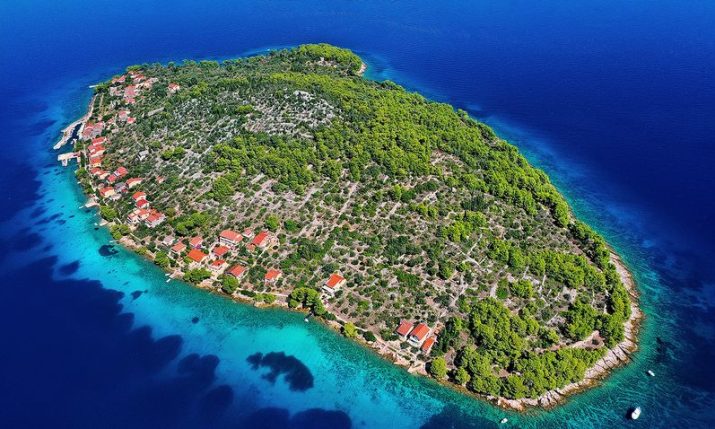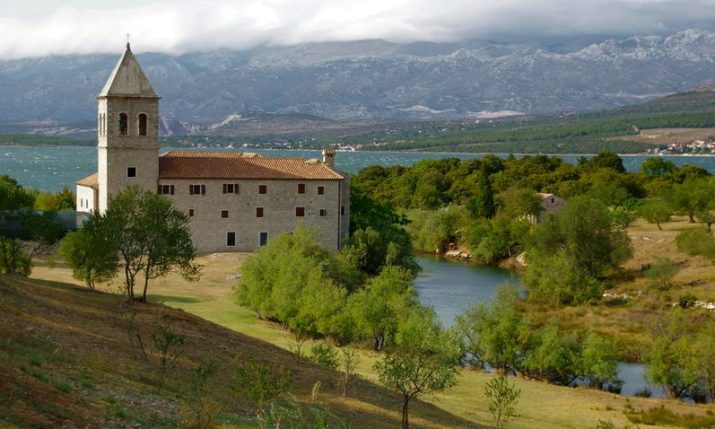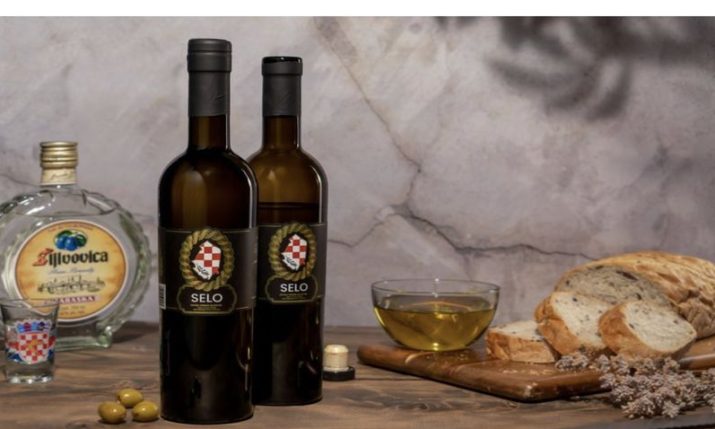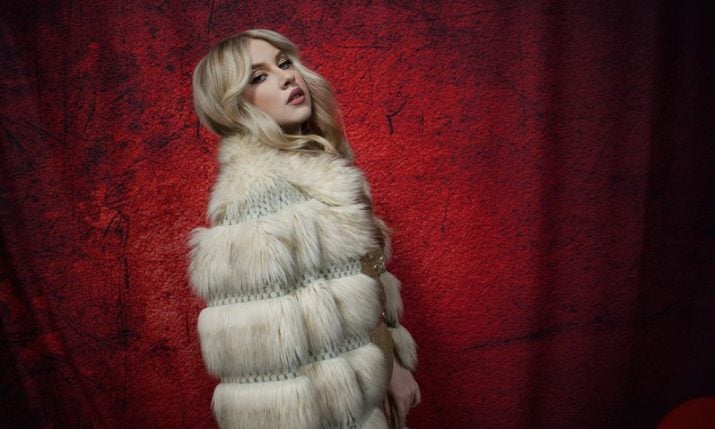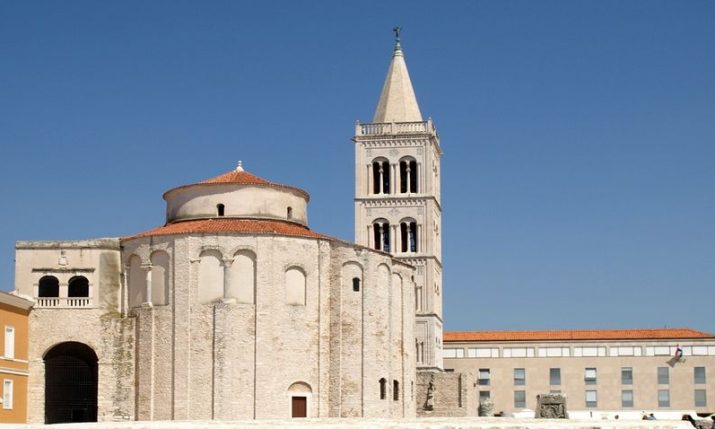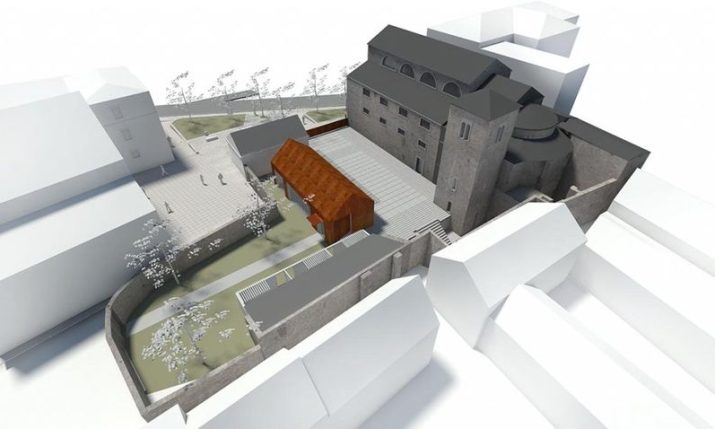One foot in Croatia, one foot in Canada: Renato’s inspiring story
- by croatiaweek
- in News
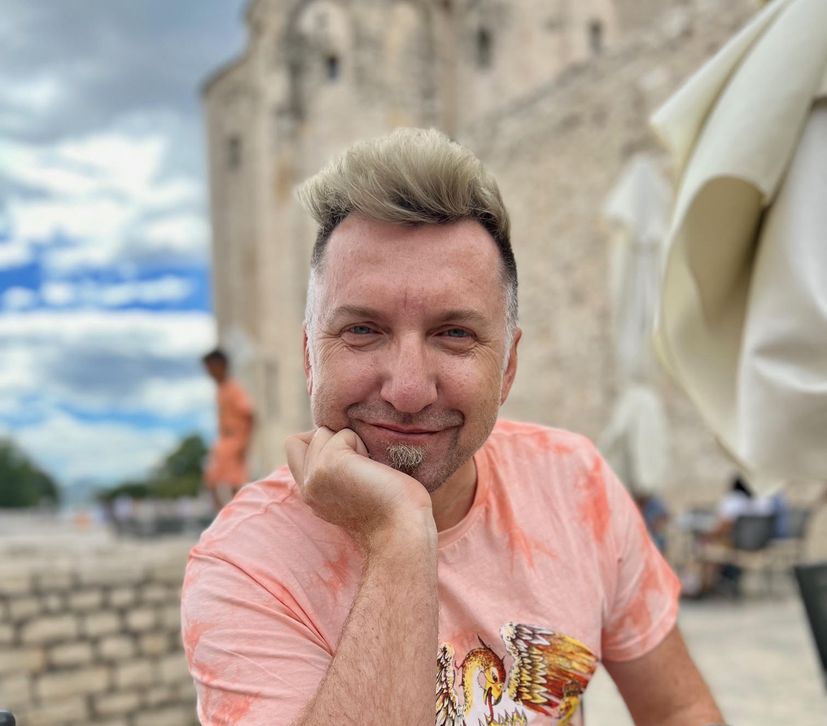
Renato Berlanda (Photo: Private album)
Renato Berlanda’s life journey is a testament to resilience, creativity, and the indomitable spirit of the human soul. A Croatian of Italian descent born in Bosnia and Herzegovina, Renato’s early years were marked by the upheaval and chaos of the homeland war in the 1990s.
As a teenager with divorced parents, he experienced the devastating impacts of the conflict firsthand, witnessing the senseless violence that tore families and communities apart. In the midst of wartime turmoil and fearing for their lives, Renato, his sister, and aunt were sent to Croatia through a prisoner exchange.
Separated from their mother, this young family faced the challenges of finding stability and a sense of home in a new and unfamiliar land. Their journey led them from Zagreb to Vinkovci and eventually to Varaždin, where they hoped to rebuild their lives.
After completing his high school education in electrical engineering, Renato’s mother made the courageous decision to seek a better life in Canada. This decision would not only change their destinies but also pave the way for Renato’s remarkable artistic journey.
Renato remains closely connected to Croatia, spending summers in Zadar, where he recently held his first solo exhibition, and we caught up with him to learn more.
Can you tell us more about your journey from Bosnia to Croatia to Canada?
As a Croat of Italian descent, I was born in Bosnia and Herzegovina, in Doboj, where I lived with my family until the beginning of the war and for a portion of the turbulent 1990s. At that time, I was a teenager with divorced parents. I experienced the disruption caused by the war first-hand. My upbringing, education, life with my immediate family and friends were all interrupted by the profound impacts of the conflict. The war deeply affected me as I witnessed the suffering brought by senseless violence.
Due to the wartime circumstances and fears for our lives, my mother managed to send my sister and I to Croatia through a prisoner exchange. I was 17, my sister was 14. My aunt came with us. My mother stayed behind with my grandparents and was eventually able to join us two years later. Being separated from our mother was difficult, especially for my younger sister.
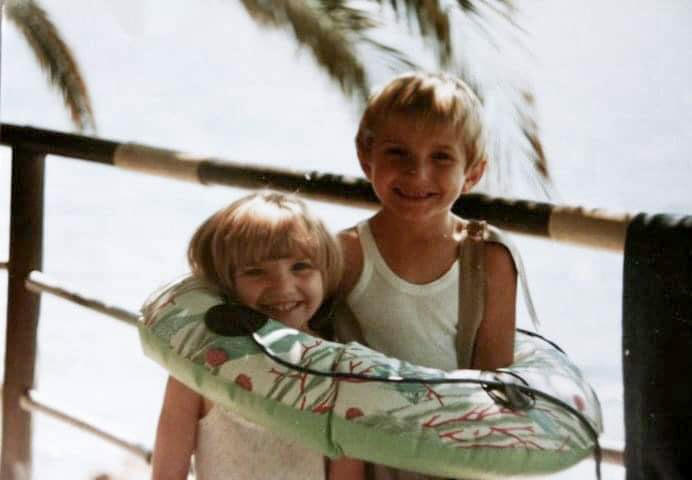
(Photo: Private album)
After leaving Bosnia, we moved to Zagreb, but we had a hard time finding a place to live and found the city very expensive at that time, so we left to Vinkovci, which at the time was on the frontline. My grandfather arrived from Bosnia to Vinkovci to meet us. When he arrived we hardly recognized him, he’d been beaten by soldiers. He realized the situation we were in being at the heart of conflict. One day he left on the train, when he got back he said he’d found us a place in Varaždin and we moved there.
My mother and grandmother were eventually able to join us. I completed my high school education in electrical engineering in Varaždin. However, due to the lack of prospects for our future at the time, after much contemplation, my mother decided we should move to Canada in search of a better life.
Why Canada?
We arrived to Duncan, British Columbia on Vancouver Island. My father had a cousin that had moved there many years ago and they sponsored us to come to Canada. A few years later we moved to Victoria, British Columbia, a larger city.
What were your first impressions of Canada?
In Canada at the time everything was different – the food, people, places, everything. There was so much natural beauty to see and new things to learn, from big shopping centres, to all different day-to-day things in life. Most young people were oblivious to the war that was happening back in Croatia, it wasn’t really on the news for more than a few seconds at a time. Many people didn’t know anything about the war, or even where Croatia was, they just couldn’t relate. That was a lonely time for me, to not have someone to share that experience with.
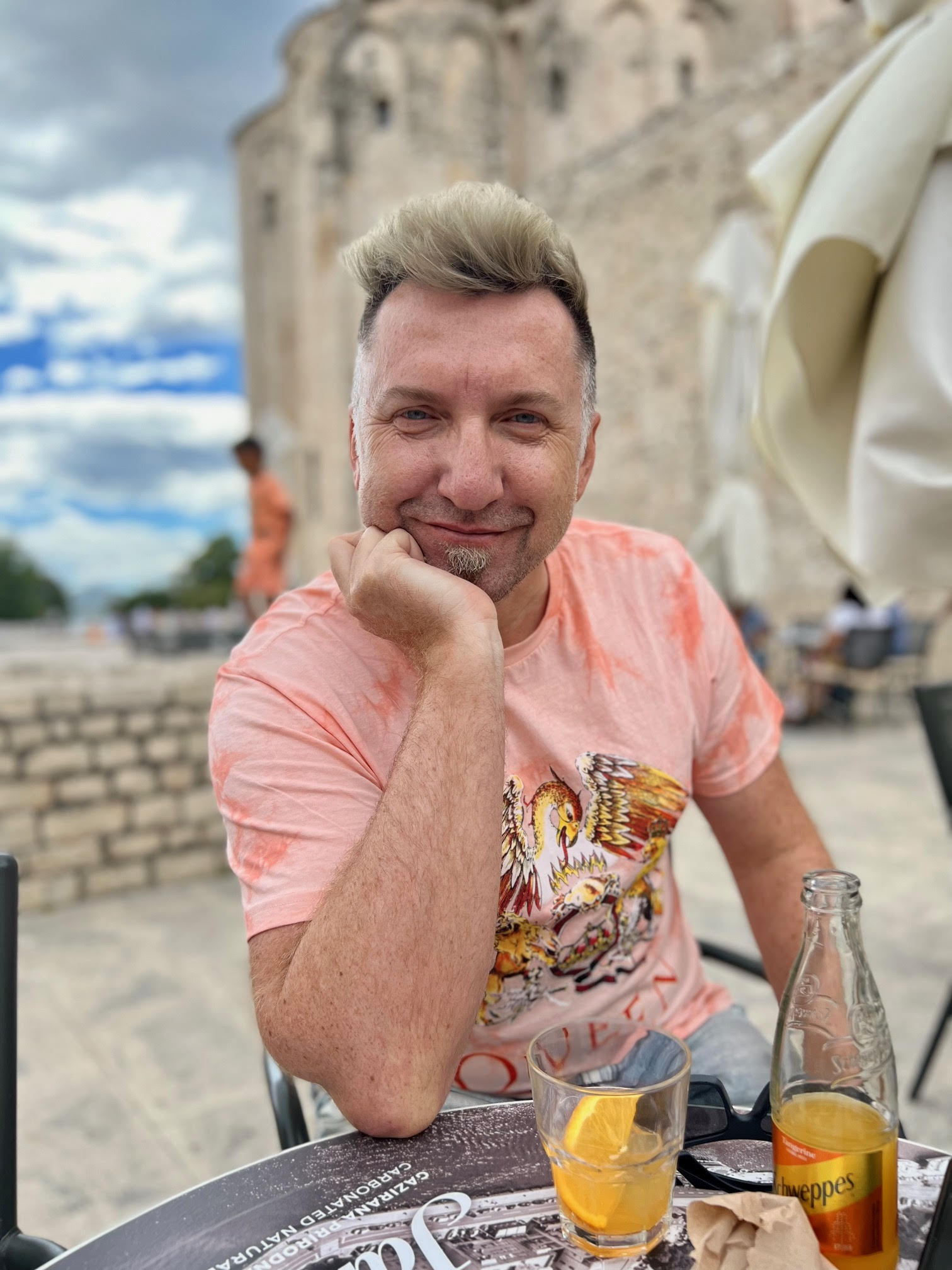
(Photo: Private album)
Going out, the way people dressed was quite different, let’s just say it was more “relaxed” than back home. Another thing that was shocking for us was that people would shower and go to the grocery story with wet hair! Oh the shock of that! Lol. For the most part, people were friendly, everyone said hello as you walked by them or at the store. That is still a very Canadian thing to do.
What were some of the difficulties in adjusting to a new culture and way of life?
Not speaking English was hard. Living in a country far away from war had so many positive things, but also people my age couldn’t relate to me. I missed the way of life back home, such as meeting friends for coffee, and being social in day-to-day life. Getting to know people wasn’t easy and I spent a lot of time alone at first.
I had already graduated school, whereas my sister went to high school in Canada and made friends that way. Vancouver Island is a big island, it takes about six hours to drive from the south to the north of the Island. There are so many beautiful places to see there from ocean to mountains, to old growth forests. I bought a car and did a lot of driving in my early days. I would just get in the car and go places, seeing nature and listening to music.
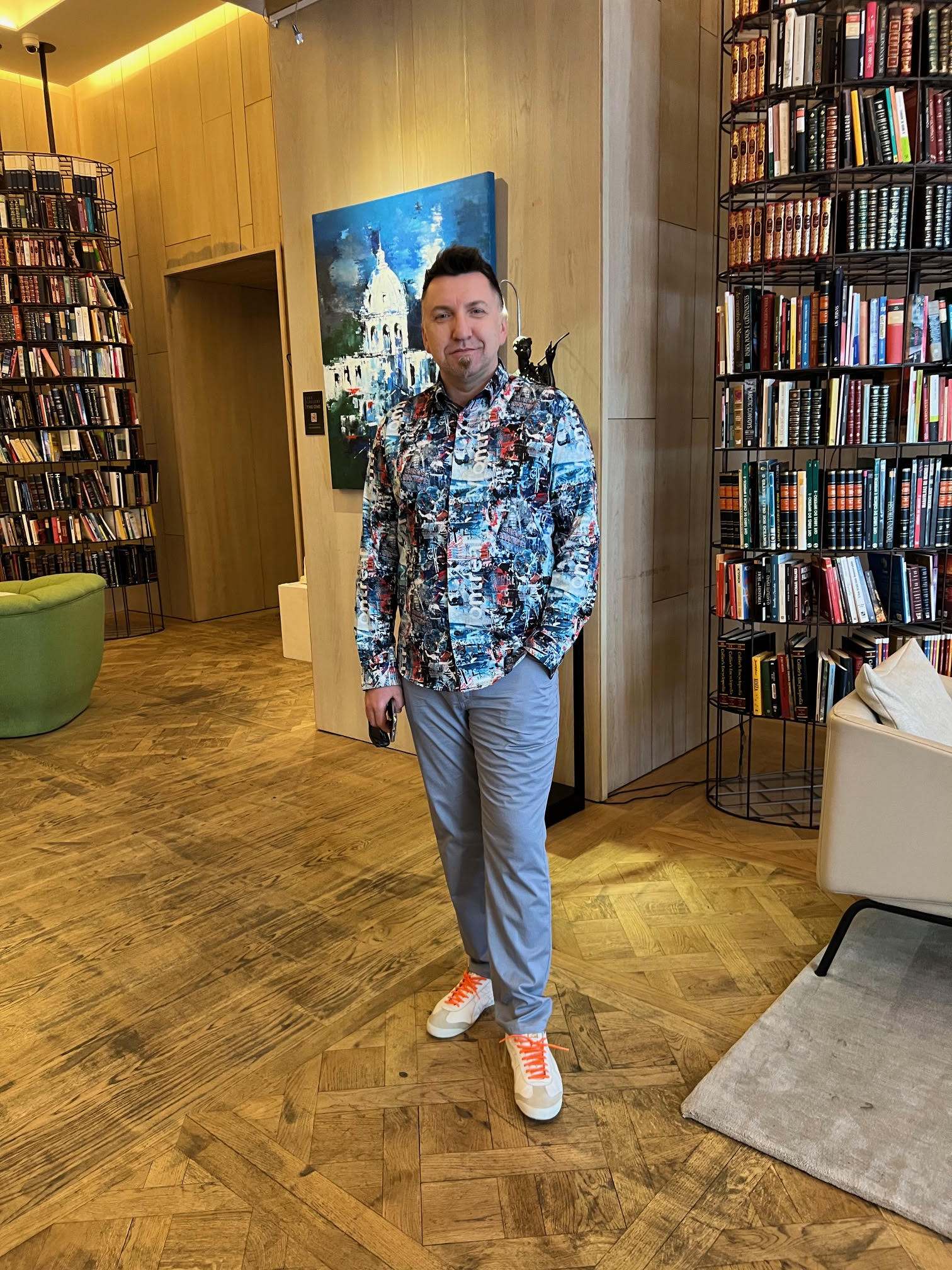
(Photo: Private album)
How did you get into art?
After few months living in Canada, I think I began to process the trauma of personal experiences from war. Art was a way for me to speak without needing words. My artworks best reflected my inner psychological state, and served as a means of liberation from those thoughts and from certain negative emotions I grappled with as a teenager and later on.
Although I never received formal education in the arts, I was always drawn to creating something new, designing, something that would reflect myself. For a long time art was therapy, my life expression. Finally, after my wife’s push I started to be more open towards it and pursue it more seriously.
Since 2014, I’ve been engaging in more serious work and exhibitions, such as the Moss St. Paint-in, Sooke Fine Arts Show, Sidney Sculpture Walk, Sculpture Splash Esquilmalt, Sculpture Splash Gorge, and a Victoria Gallery show. My works have also been displayed in my solo gallery, Evolve, in Victoria, BC Canada, and the Tofino Gallery of Contemporary Art in Tofino, BC. I’ve also taken classes, seek mentoring opportunities with other artists and also shared my techniques and approaches in teaching others.
Through hours spent with other prominent artists, I absorbed knowledge about processes and pushing the boundaries of various materials. My earlier works were crafted from metal and objects found in nature, reflecting my deep connection to the natural world.
In Canada I own my own construction company. Over time, I started incorporating materials from everyday construction work, such as plaster, expanding foam, plywood, concrete, and wood, into my sculptures.
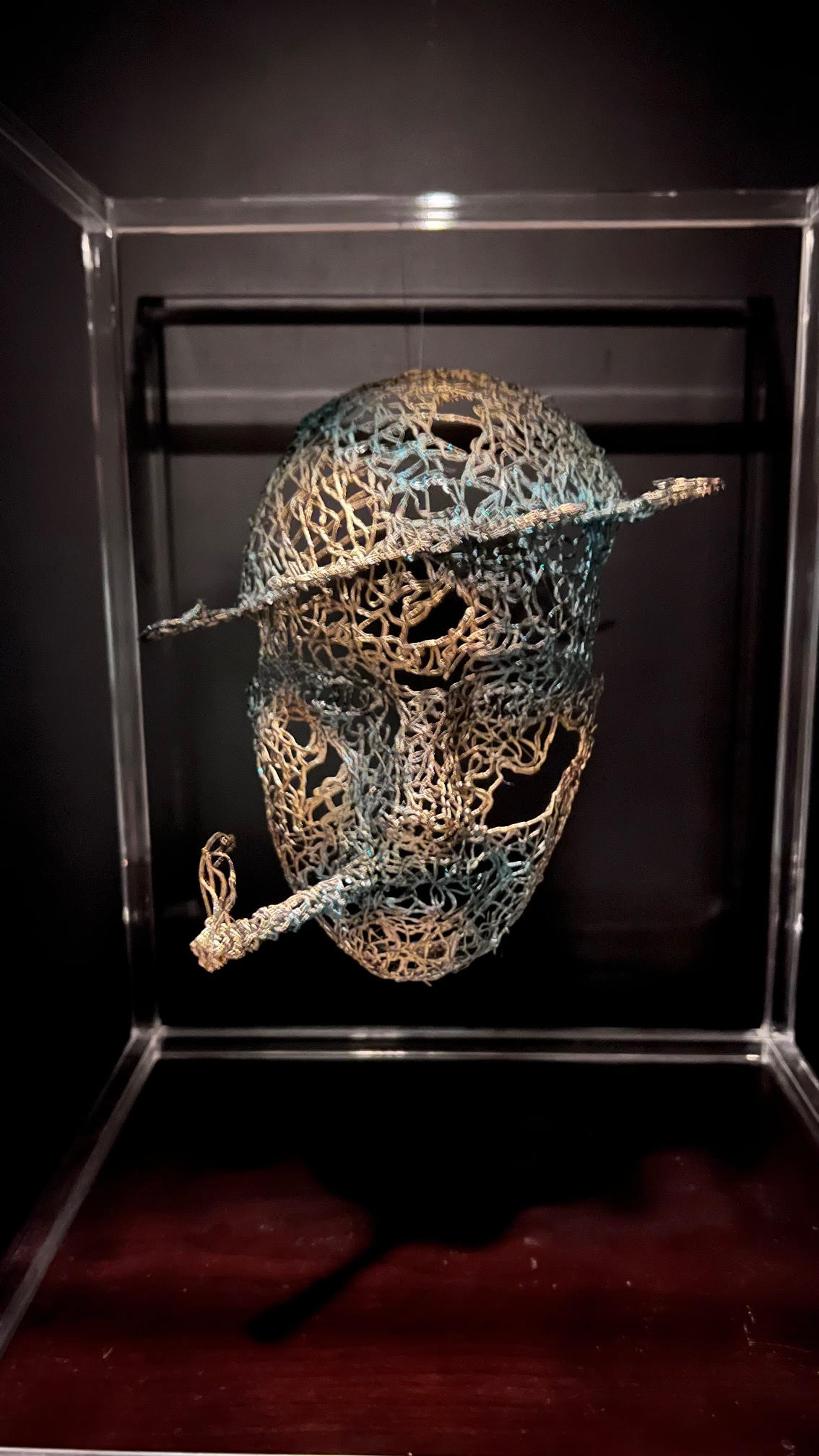
(Photo: Private album)
I’m really into exploring different mediums and techniques, I developed a profound respect for the beauty of life and nature. The sea, in particular, inspired me to connect more deeply with my homeland, Croatia, where I spend most of my free time each year. Through my art, I strive to capture the unique expressions in nature and human emotions that make each person so beautiful and special. I’m committed to empowering women through my work and creating pieces that inspire and uplift people worldwide.
Recently, I’ve been exploring new possibilities in sculpture, experimenting with clay and using PLA filaments with a 3D pen to create suspended pieces that play with light and shadow. PLA is a renewable material made from fermented plant starch, like corn, cassava, or sugarcane. The sugar in these plants ferments to create lactic acid, which is then converted into polylactic acid, or PLA. This material allows me to bring my artistic vision to life in new and exciting ways, and I’m constantly inspired by its’ possibilities.
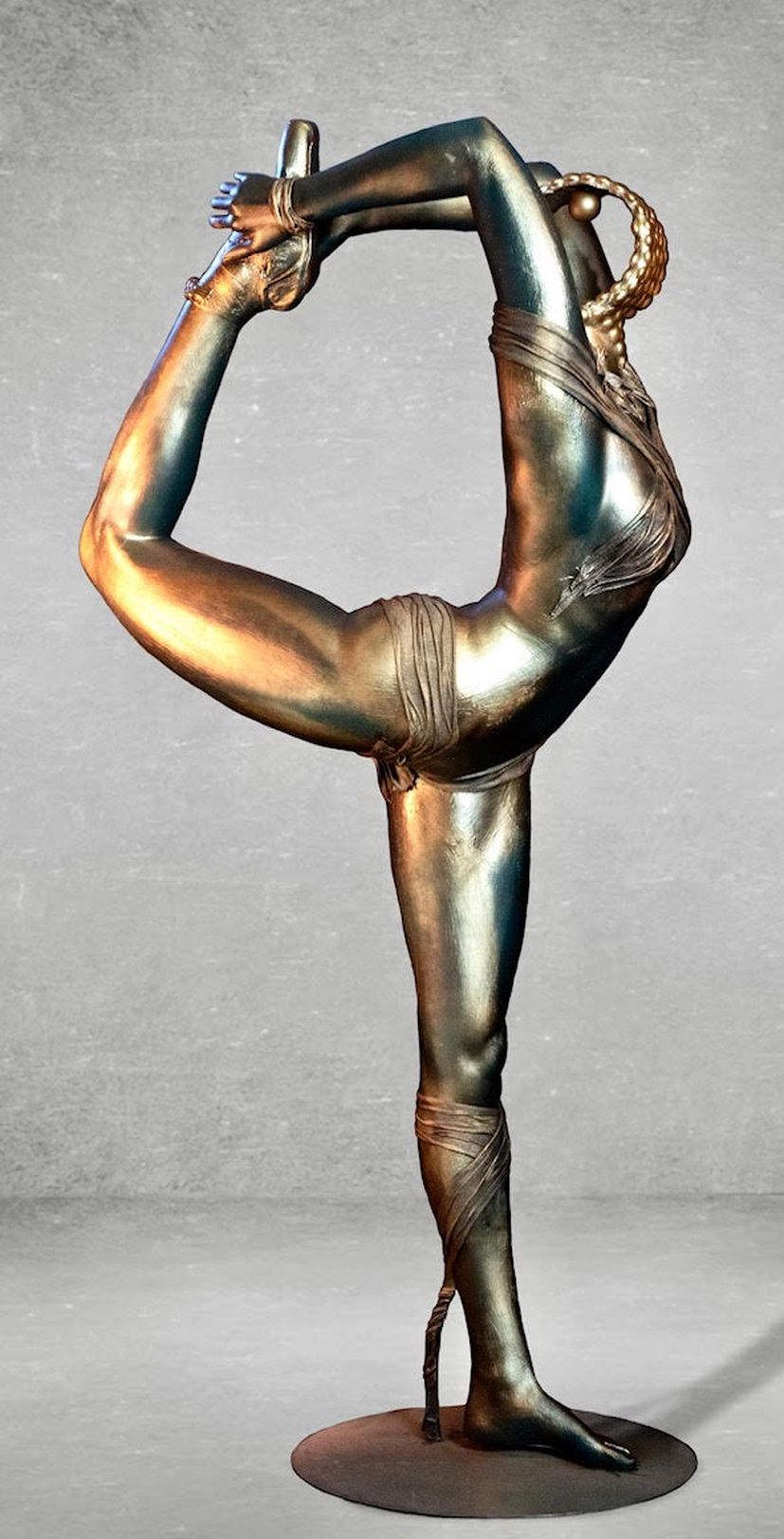
(Photo: Private album)
You spend summers in Zadar. Why Zadar and what is special about that place for you?
Since my childhood my family used to come to the coastal sites of Croatia to enjoy the sea. After moving to Canada and on Vancouver Island, the Pacific Ocean reminded me in some way of Croatia. I’ve always had great happy memories being at sea.
Even being so far away, we have managed to come back to Croatia almost every year since we left. In 2007, my cousins from Italy and my sister bought a place in Sukošan. It pretty much became our central point of visit and travel in Croatia. Later on I purchased my place in Sukosan from cousins and it has became my second home. Being closer with family, spending summers together is a big part of our life.
There’s also something special about this place, there’s a familiarity to the way of life here, life is simpler here, people find joy in the smallest of things. A simple walk from our place to the sea we may connect with several of our neighbours along the way. All have some story to share. Being here keeps me grounded and connected.
How does your connection to Croatia influence your artistic expression and the themes in your sculptures?
I find the passion in all people from the Balkans is unique – in their culture and how they do things. Being in Croatia it grounds me to more simpler things and seeing life from different perspectives when going back. Living in Canada for so many years also brings appreciation for things in Croatia that sometimes I don’t think people here realize or appreciate what they have.
There is so much beauty and opportunity here to make this country extraordinary, but unfortunately stubborn old ways and politics make more people leave every year, that is unfortunate. All those emotions become expressed when I’m working on art as my way dealing with it.
There are times where I feel stuck in between two countries, neither here, nor there, but I’m always connected to Croatia, it is my country.
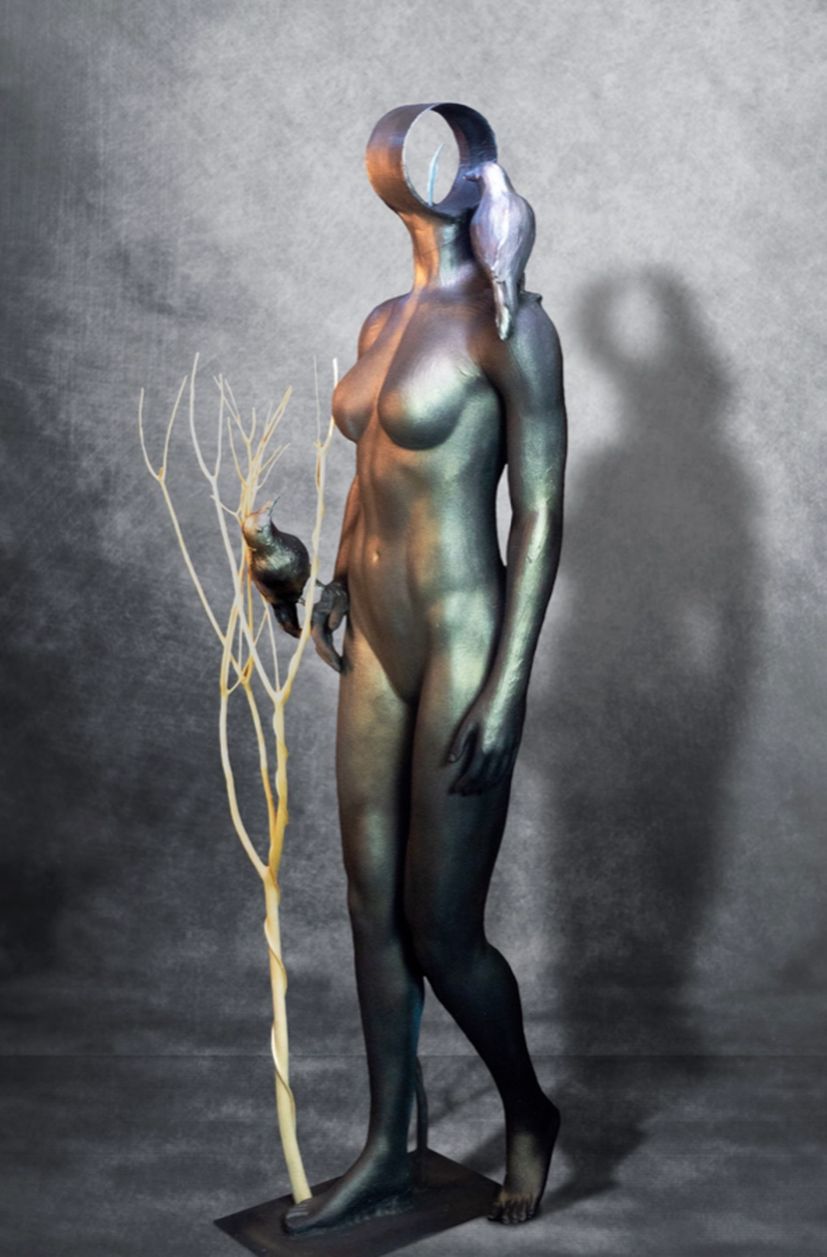
(Photo: Private album)
Are there any specific cultural or historical elements from Croatia that find their way into your art? I
Early on, culturally I recognized the strength and resilience of people here, especially the women in my life, including my mother, aunt, sister, grandmother, and my Canadian wife, who has been a tremendous source of support, assistance, and inspiration.
The support these women provided during challenging times for me, and even now, is something I carry with me wherever I am. Historically war has left huge impact on who I am today. These experiences have left a lasting imprint on me and shaped my perspective as an artist and as a human being.
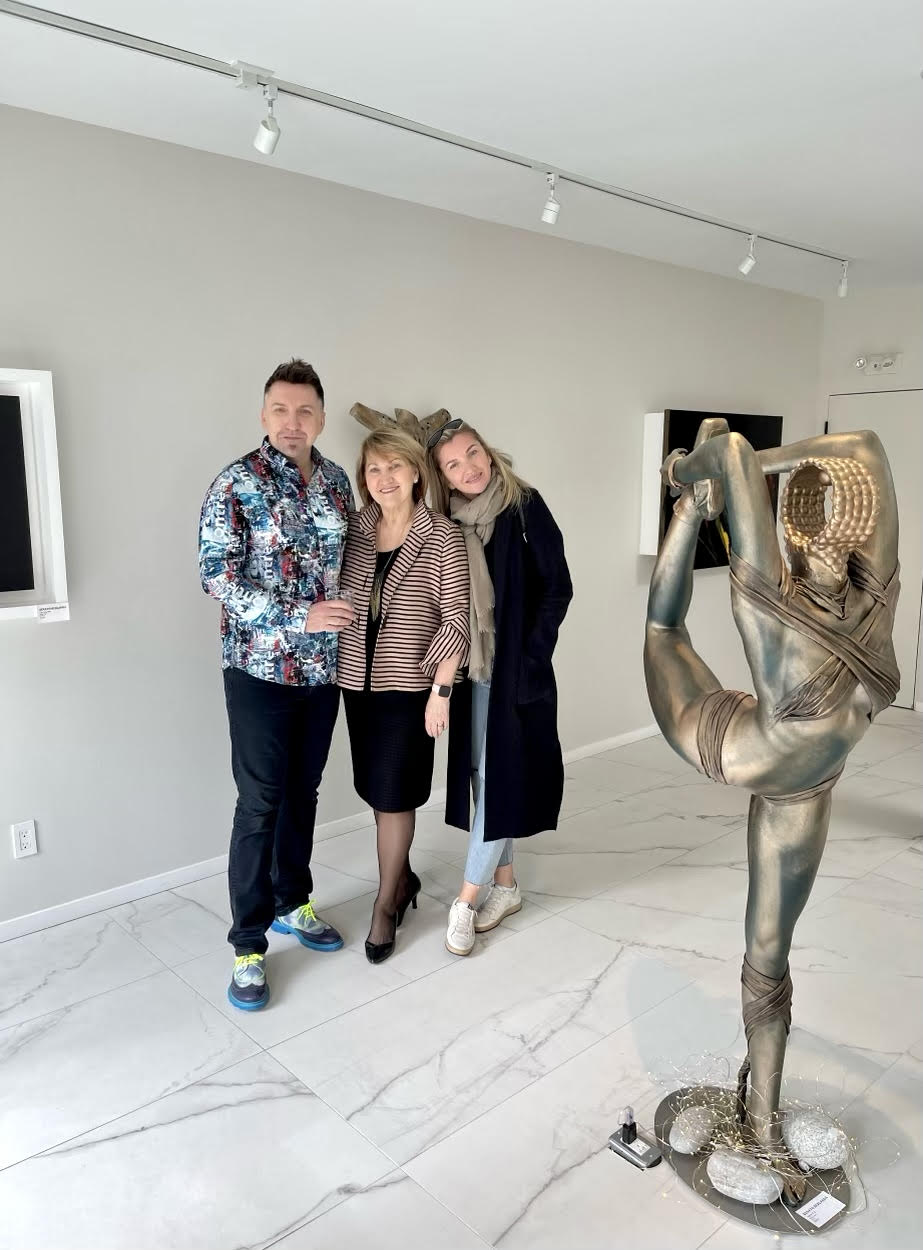
(Photo: Private album)
Your recent solo exhibit in Zadar in August must have been a proud moment.
I think it took me a bit to realize how great the opportunity was to exhibit in Zadar. Being able to share my work in such a historic place helped the pieces to also come to life and to be seen in a different way. Originally my idea was slightly different for the exhibit, but I decided to bring some materials and tools from Canada to make my pieces in Croatia and let feelings and emotions take its course. And they did. From hanging around with friends and watching construction of a friend’s house in old traditional stone came the idea for Bauštela, a stone sculpture bust of proud hard working guys.
From walking down Kalelarga and seeing the weathered faces of the old ladies selling their handmade goods, men going fishing and their sun beaten skin, women sitting at stands along the roads with fruits and vegetables, came the inspiration for faces that come from rock to roots into trees becoming faces.
All are related with roots to where I come from, but also influences with faces that look back on what are we’re doing with nature, and what is happening around us. All my emotions and theirs to blend into the sculptures. Seeing people interact with the pieces is always interesting and often fun. Everyone’s experience is different.
Could you see yourself ever moving back to Croatia one day?
Usually I have been spending 2-3 months in Croatia, but In last few years my wife and I have been here 4-5 months. Hopefully I can find ways to spend even more time here. Definitely the idea of moving back has been talked over many times at our dinner table, or over coffee, and we see ourselves coming here to stay one day.
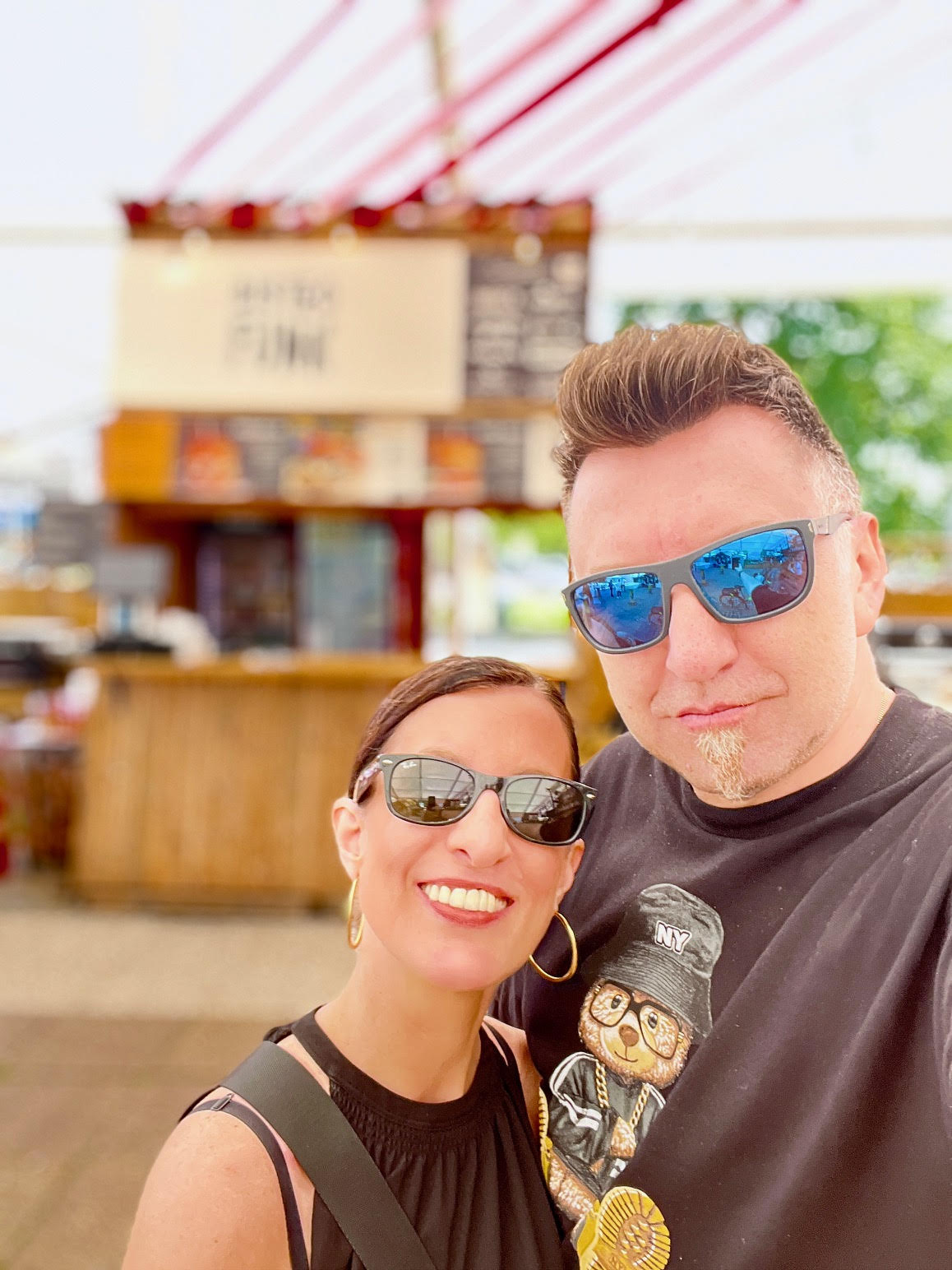
(Photo: Private album)
What advice do you have for aspiring artists facing challenges and transitions in their lives and careers ?
Find inspiration in life around yourself. Open your eyes and think for yourself, as it is your life. Meet people from all aspects of life to get better perspective on the world around you, even from people you might not like. It takes more energy to be angry than to forgive. Use it wisely. Create something inspiring, something to leave behind and to inspire others.
What are you currently working on and what are your plans?
My wife and I will be returning to Canada soon. Once there, I’ll be trying to finish a few concrete sculptures that have been on hold for awhile. The concrete sculptures are of contemplative faces, they appear to be sitting at the edge of the sea with their head in their hands. Each one has a different energy and emotion to it. Kids love these ones and often mimic their expressions with their hands. I’ve previously made these in plaster, making them in concrete will be a new experiment for me. It is my hope that they will be able to withstand the rainy weather in Canada and remain outdoors.
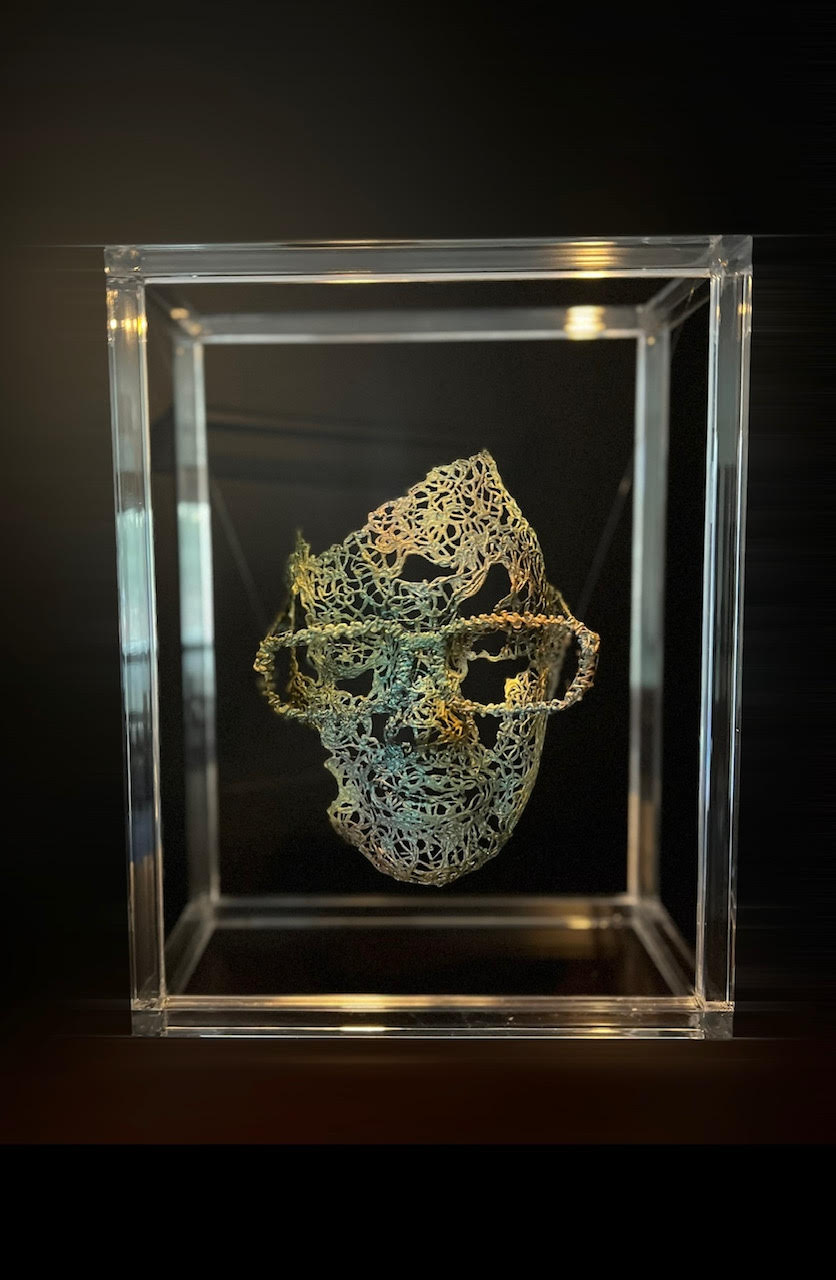
(Photo: Private album)
Returning to Canada, I’d also like to recreate some of the pieces I made here in Croatia, but using materials found in nature on my island. The wood and the stones from beaches there are very different than what is found here in Croatia.
At the moment, I’m interested to capture a new audience and hopefully open doors for more exhibitions in Europe. It is also time for new shows in Canada. In the next year, I would love to create a larger public sculpture and am interested to explore working with a bronze medium.
I’m especially grateful to all the artists in Canada and Croatia with whom I’ve established personal connections, or other forms of contact and communication; and those who have helped me improve my expression through my works. I am a passionate advocate for artists supporting other artists. We don’t always agree, but I can say these artists have greatly inspired me! I have very much enjoyed our conversations and how we can explore the world around us together.
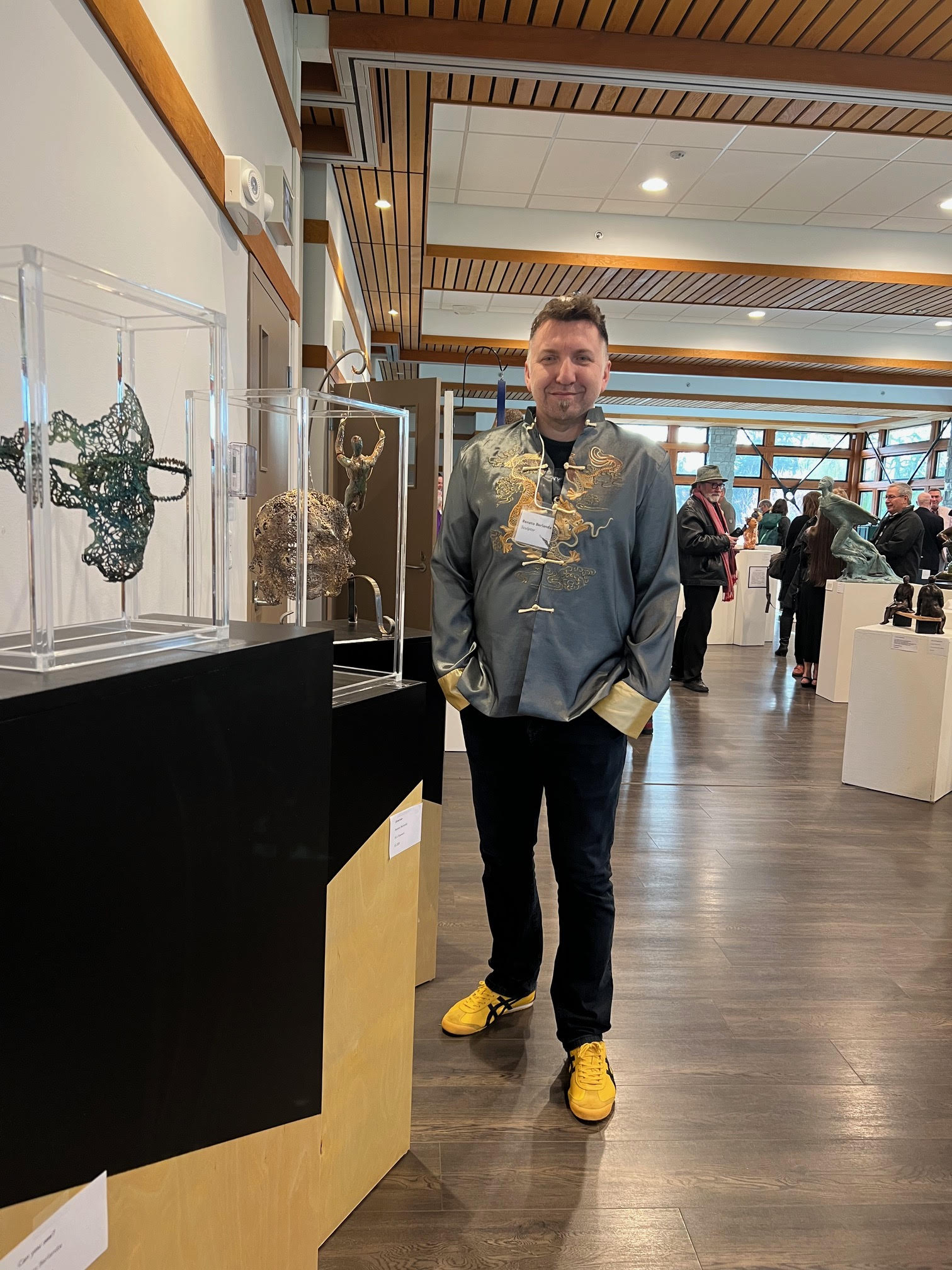
(Photo: Private album)
You can learn more about Renato’s work on the link below.
Website: www.renatoberlandaartist.ca
Instagram and Facebook: RenatoBerlandaArtist

